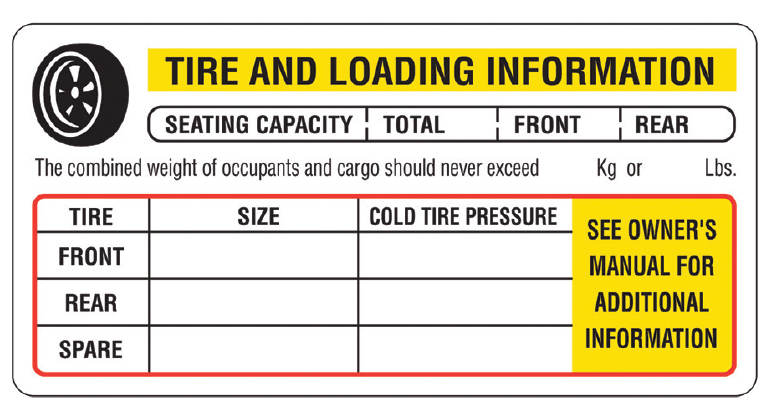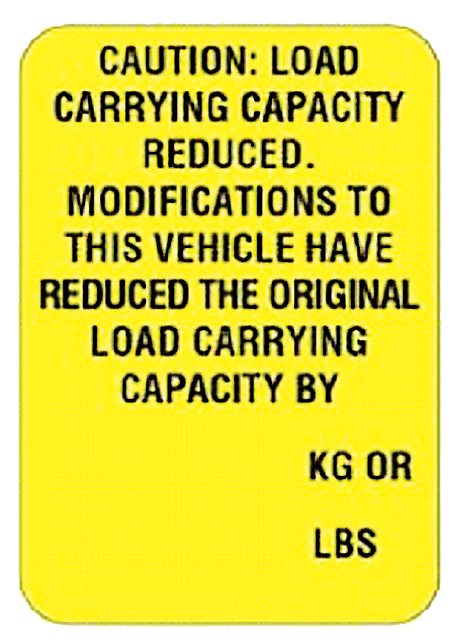By: Steve Spata, NTEA Technical Assistance Director
This article was published in the November 2016 edition of NTEA News.
We are a truck equipment distributor preparing for snowplow installations on pickups. Can you explain the associated certification requirements?
While numerous Federal Motor Vehicle Safety Standards (FMVSS) can be affected by adding a snowplow — particularly for trucks with a gross vehicle weight rating (GVWR) of 10,000 pounds or less — most of the compliance guidance needed is available in each OEM’s body builder information. Specific sections of body builder offerings from Ford, GM and Dodge are dedicated to snowplow installations. NTEA members can access these resources by logging in to ntea.com/oemdirectory.
Matching the pickup and plow
As a first step to compliance, review chassis manufacturer snowplow guidelines to determine which pickup models were developed to accommodate plows as well as conditions/limitations for weight, minimum OEM option features, etc., before agreeing to an installation. Since plows and mounting hardware add weight and structure to the front of a vehicle, crash compliance, airbag deployment, braking, ride/handling, engine cooling, lighting, and other performance measures can be affected. These considerations have been taken into account with models OEMs represent through these guidelines, so staying within chassis manufacturer limits is a large part of meeting your certification requirements.
Whether a customer starts with a particular pickup model or the plow itself, these parameters can be used to help determine a suitable pickup model/plow combination. Guidelines typically list minimum option content for front gross axle weight rating, suspension, tires and other key features corresponding to the truck model’s ability to accommodate plows up to a certain weight. These features are included in the snowplow prep option packages and may be available as separate, retrofitable options. Note warranty coverage can be affected if a plow is used on a pickup model not equipped with the OEM snowplow prep package or equivalent minimum options. Additional details on matching a plow to a customer’s pickup that meets chassis manufacturer guidelines can be found on snowplow manufacturers’ websites.
In conjunction with determining a suitable pickup model/plow combination, perform a detailed weight analysis to ensure the upfit vehicle will meet all applicable weight limitations. Ballasting weight at the rear of the truck to offset a portion of the detachable plow blade system is allowed in some cases (conditions for doing so may be available in OEM or plow manufacturer guidelines). Determining the amount of weight needed for ballasting a specific vehicle configuration — and, just as importantly, where it should be located — can also be done through weight analysis. Check with your plow manufacturer to make sure you’re using the latest weight information, as well as for other tools and resources they may offer, to help you match the equipment to the application.
Labeling
Since pickups are completed vehicles, a truck equipment distributor installing a snowplow on a pickup before the first retail sale is considered a vehicle alterer, and the corresponding altered vehicle certification label must be applied. If the pickup model has a GVWR of more than 10,000 pounds, no additional labeling requirements are affected for FMVSS compliance.
However, if the upfitted pickup model has a 10,000-pound or less GVWR, two other labeling requirements could potentially be impacted: the vehicle placard and a supplemental label to the “Stars for Cars” rating required for vehicles tested under the National Highway Traffic Safety Administration’s New Car Assessment Program (NCAP). Both labeling considerations depend on vehicle and upfit specifics, but it is possible to determine if either requirement will be affected and necessitate additional labeling upfront in the bid process.
To establish whether or not anything needs to be done for the vehicle placard (which would have been installed by the pickup manufacturer), total all of the permanently attached weight being added to the vehicle. This includes snowplow mounting hardware, non-removable hydraulic system components, electrical attachments, and any other equipment that increases curb weight. If the total is more than 100 pounds or 1.5 percent of the GVWR — whichever is the lower threshold — you will need to correct the capacity for the combined weight of occupants and cargo listed on the vehicle placard. There are several options for accomplishing this update, but if you are also changing tires or wheels, you must replace the entire placard. Members can learn more on this topic by logging in to the past webinars section of
ntea.com/webinars and selecting Tire and Loading Information Labels: Ensuring Compliance.
If the particular model has been tested under NCAP, an additional label will be needed to indicate that as altered, the “Stars for Cars” rating may no longer be applicable (see
Altered Supplemental NCAP “Stars for Cars” Window Cling, Item #2242). If the specific model has not been tested, then it would not have a rating, and no supplemental labeling is required. A list of models rated under this program (and, therefore, requiring this label if altered) is available at
safercar.gov. If the vehicle is on this site, you can check to see if it has a star rating on the Monroney Label (also known as the MSRP label or “window sticker”).



More resources
- The Work Truck Show® 2017 features educational sessions led by industry and technical experts covering top-of-mind industry issues, including government regulatory compliance, OEM chassis updates and lean strategies.
- Technical resources provides publications and reference materials you need to stay abreast of current regulations, safety standards and other requirements, including important information on snowplow installation. Please note: member login is required to access content in technical resources. Not a member? Join today.
Please contact us at 800-441-6832 or info@ntea.com with any questions.